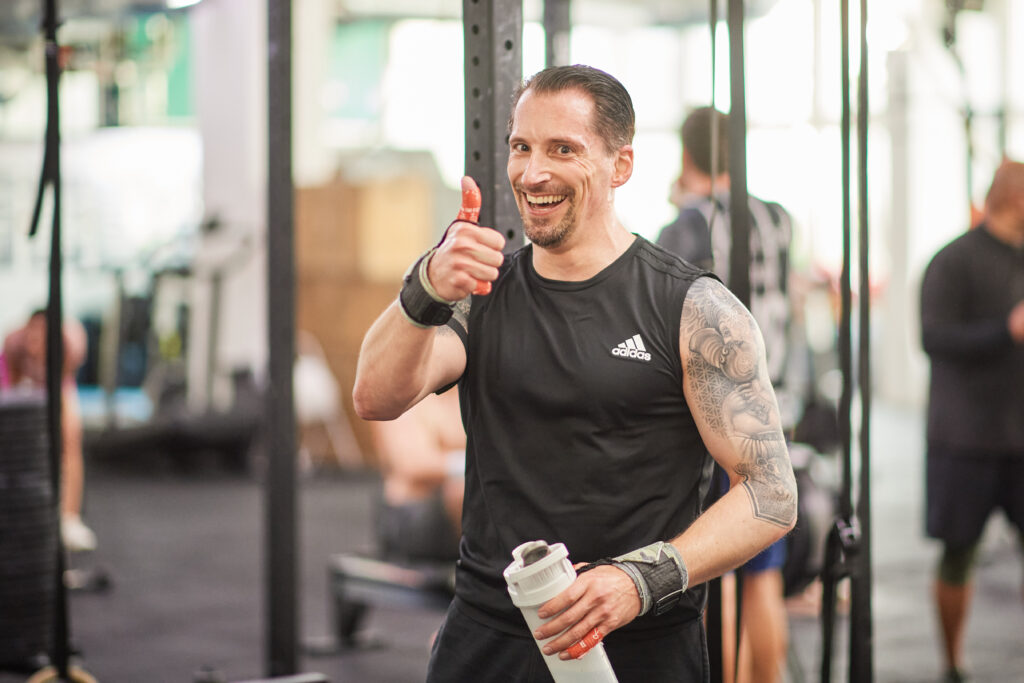

When you walk into a CrossFit box, chances are you’ll spot plenty of athletes tightening up wrist wraps before heavy lifts or high-volume workouts. But do you really need wrist wraps for CrossFit, or are they just another piece of gear people overuse? Let’s break down what they do, when to use them, and how to choose the right pair.
In CrossFit, wrists take a beating. From front squats and thrusters to handstand push-ups and overhead presses, they’re constantly loaded in extended positions. Wrist wraps provide extra stability and compression, limiting unwanted movement and reducing strain on the small ligaments and tendons in the joint.
The main benefits include:
Browse Gear 9’s selection of wrist supports to find wraps designed specifically for CrossFit training.
Here’s the truth: you don’t need wrist wraps for every WOD. Overusing them can mask weaknesses and slow down the development of your own wrist and forearm strength. Instead, think of them as a tool for specific situations, such as:
If your wrists ache during warm-up weights, it’s probably a mobility issue rather than a support issue. Wraps should come out once you’re approaching loads that challenge stability, not for every set.
Many CrossFit athletes start using wrist wraps too early or incorrectly. Here are the most common pitfalls:
The market is full of wrist wraps, from rigid leather straps to elasticized fabric. For CrossFit, versatility matters most. Here’s what to look for:
At Gear 9, our wrist support collection is curated with functional fitness in mind, so you can train confidently without sacrificing performance.
Some athletes worry that wearing wrist wraps means they’re “cheating” or becoming dependent. The reality? Wrist wraps are no different from knee sleeves or weightlifting belts—they’re a tool.
The key is balance:
Think of wrist wraps as insurance. You don’t need them for every drive, but you’ll be glad they’re there when you’re pushing your limits.
Wrist wraps aren’t a magic solution, but they can make a huge difference in comfort, stability, and performance—especially in the demanding world of CrossFit. If you’re struggling with wrist pain under load, or want extra support for your next PR attempt, it’s worth investing in a quality pair.
Explore our range of wrist supports at Gear 9 and find the pair that fits your training style.
